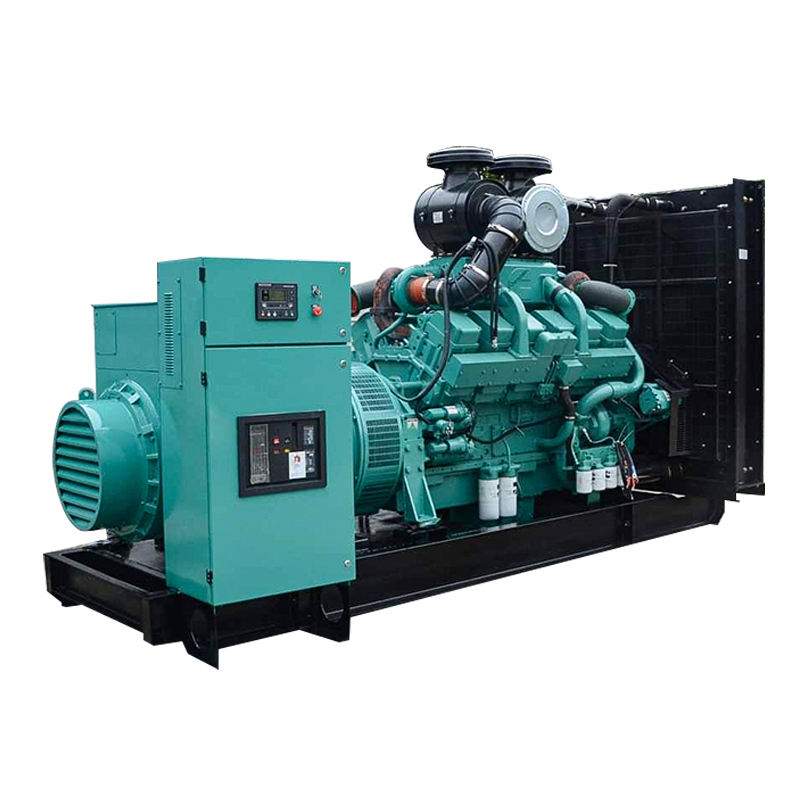The world of power generation is undergoing a significant transformation, driven by the rapid advancement and integration of Internet of Things (IoT) technologies. This shift presents a compelling comparison: IoT-enabled generator sets versus their traditional counterparts. Understanding the core distinctions between these two technologies is crucial for anyone involved in power management, from facility managers to homeowners.
Traditional generator sets, reliable workhorses for decades, have provided backup power during outages and served as primary power sources in off-grid locations. Their functionality is relatively straightforward: a mechanical engine coupled to an alternator generates electricity when needed. However, their operation largely relies on manual intervention, requiring someone to physically start and stop the generator, monitor fuel levels, and schedule maintenance.
IoT-enabled generators, on the other hand, represent a leap forward in functionality and control. By integrating sensors, connectivity, and data analytics, these intelligent systems offer a level of automation and remote management previously unimaginable. This translates to enhanced efficiency, reduced operational costs, and improved reliability.
One of the most significant advantages of IoT integration is remote monitoring and control. Imagine being able to check fuel levels, monitor performance metrics, and even start or stop your generator from your smartphone, regardless of your location. This capability is especially valuable for businesses with multiple locations or those operating in remote areas.
Predictive maintenance is another game-changer. Traditional generators often require scheduled maintenance based on estimated usage, which can be inefficient and costly. IoT sensors can track real-time operating conditions, such as temperature, vibration, and oil pressure, allowing for predictive maintenance based on actual need. This minimizes downtime and extends the lifespan of the generator.
Furthermore, IoT-enabled generators offer enhanced fuel efficiency. By analyzing data on load demands and operating conditions, these intelligent systems can optimize fuel consumption, reducing waste and lowering operating costs. In an era of increasing fuel prices, this represents a substantial benefit.
The integration of IoT technology also opens doors for advanced features such as automatic load balancing and remote diagnostics. Automatic load balancing allows the generator to intelligently distribute power based on demand, ensuring optimal performance. Remote diagnostics enable technicians to troubleshoot issues remotely, minimizing the need for costly on-site visits.
However, the transition to IoT-enabled generators also presents challenges. The increased complexity of these systems requires specialized expertise for installation and maintenance. Cybersecurity is another critical concern. Connecting generators to the internet introduces potential vulnerabilities that must be addressed to safeguard against unauthorized access and cyberattacks.
Considering the investment in new technology, what are the real-world applications where IoT-enabled generators truly shine? Think about disaster relief efforts, where remote monitoring and control can ensure reliable power in affected areas. Or consider remote telecommunications infrastructure, where automated operation and predictive maintenance are crucial for uninterrupted service. The possibilities are vast.
So, are IoT-enabled generators the right choice for every application? Not necessarily. Traditional generators still hold their ground in situations where simplicity and cost-effectiveness are paramount. The key lies in understanding the specific needs of your application and weighing the benefits and drawbacks of each technology.
Ultimately, the choice between IoT-enabled and traditional generator sets hinges on the balance between functionality, cost, and complexity. As IoT technology continues to evolve and mature, we can expect to see even greater advancements in generator technology, further blurring the lines between traditional and intelligent power solutions. Where do you see the future of power generation heading?





